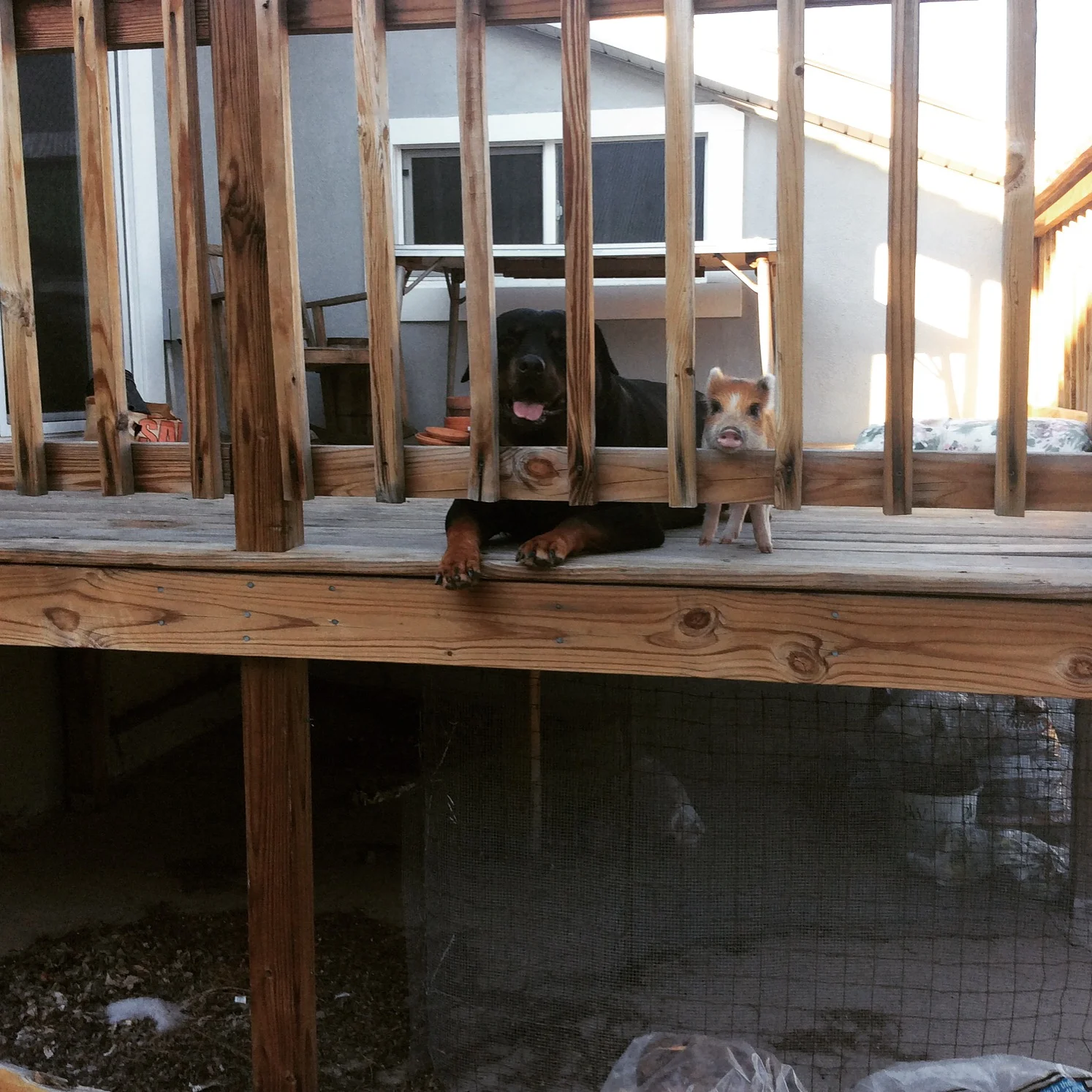The natural world has much to teach. The conquest mentality has not served us. I firmly believe animals and other organic life forms were intended to teach us how to relate to our environment, for the highest benefit of all who shared this planet. They could be our mentors to show us the most effective way to be, if we would only develop the capacity to hear and see, on the subtle level required.
We work with subtle qualities of mind through the relational matrix. It is a false premise that we effect change in other’s by appealing to their reason. If that worked, we would be out of business. Nobody would need a therapist. You only had to read a book, listen to someone and you would “understand”and be changed! It doesn’t work that way at all.
Therapists’ are able to sense intuitively what a client feels and needs, even when it is still unconscious to the client. Sounds pretty remarkable, no? To access emerging data from someone else’s unconscious realm, and then to collectively illuminate and transform it, is nothing short of miraculous. The subtle qualities of mind are what attune me with my client so that I can reach him. This connection is the bridge by which I can do anything for, or with, my client.
Sometimes I actually experience physical sensations that my client has, although they may not have shared it yet. A knot in my throat, or a tight chest, gives me exactly the information I need to proceed. Through this intersubjective field, I can read the room, implicitly and nonverbally. I can intervene more effectively. This skill guides me to the next indicated step. Sometimes it is the lack of vitality, inertia, that enables me to penetrate resistance in the moment. Sometimes that is exactly what lies undeneath a flood of words, which is a very different thing than “mania.” Being with a client is the only way we can be sure we are on the right track.
Then there’s the “us”, the unconscious relational matrix in which we, client and therapist, find ourselves. The deep unity that can manifest fear, desire, hate, in transference, and sometimes all of the above.
The ability to attend to the relational matrix is my emphasis in psychotherapy training and supervision. The therapeutic relationship is documented to be one of the most powerful outcome predictors. Most EBTs acknowledge the relationship as a confounding variable. Depending on the qualities, including the strength of the therapeutic relationship, an evidence-based treatment may not be effectively experienced.
I like to describe therapy as a treatment, in which the relationship is the vehicle by which the cure is delivered. If we were talking about medicine, perhaps an antibiotic, the active ingredient, the cure, like penicillin, would be delivered in a way that the person could ingest and be bioavailable so that the system could utilize it. The cure in our arena is more subtle, yet it behaves in a similar fashion. In order to take effect, what we have to give by way of intervention, has to be taken in and digested. Otherwise, it remains at the level of “information”.
The therapeutic relationship is like none other in the world, except one: the kind of relationship we have with our beloved pets. On a qualitative level, that is. My photo is of my two furkids: Hope (Rottie) and Cicero (Juliana pig). Any animal lover will tell you their relationship with their pets is wholly healing. Now, I love all animals, and I've had amazing relationships with cats. But there’s something about the relationship we have with dogs that most closely brings this to life.
The relational matrix is neglected in psychotherapy outcome research. This, despite all evidence-based practices acknowledging the power of the relationship independent of method! All nod their head at the import of the therapeutic relationship, that it has the power to render an effective treatment ineffective. Relational dynamics are too qualitative a field to be adapted to objective, quantitative research, at least for now. Eventually, technology and our minds will be capable of more subtle functioning and will discern the nuances and the dynamic elemental patterning that underlies relating and its influence.
I specialize in this area, spending as much time as I can to master the relational arts. It has been the most powerful clinical strength that I possess, my ability to engage and sustain relationships with my clients. You can’t help someone who isn’t in the room. Attrition is the death knell of a therapy practice.
I would love to hear how I can help psychotherapists, especially rural psychotherapists, who have very different reference points for practicing. So, let me know how my training and professional development workshops most useful to you. Please let me know what you’d like to see, and any thoughts you have.

